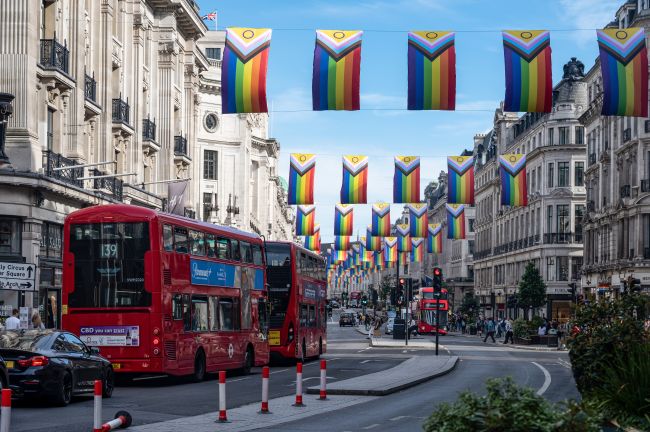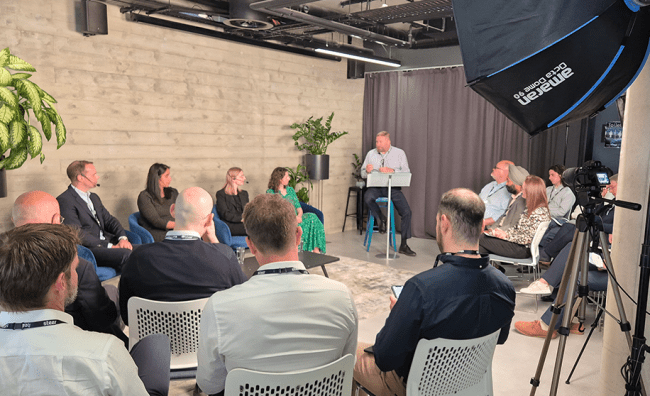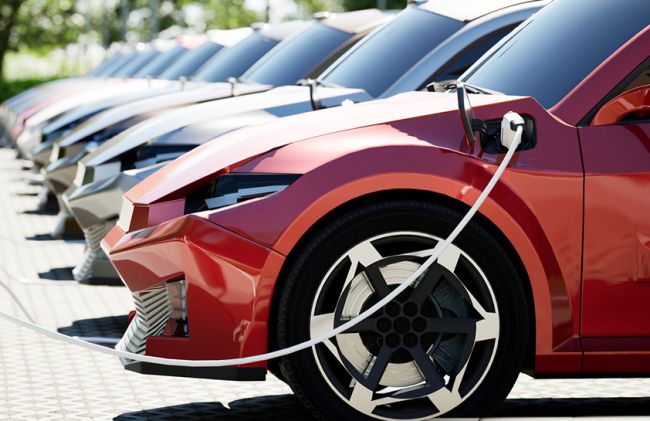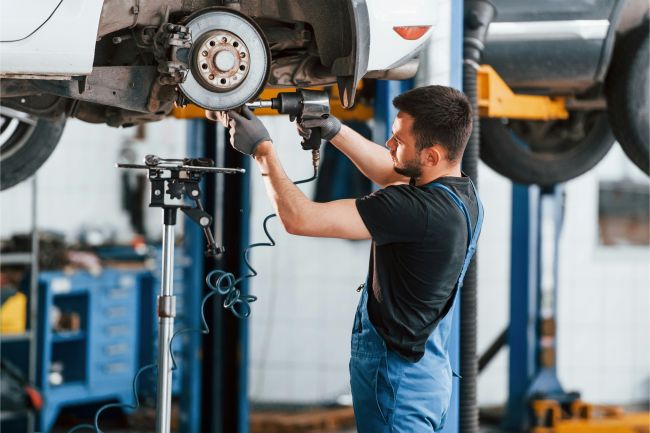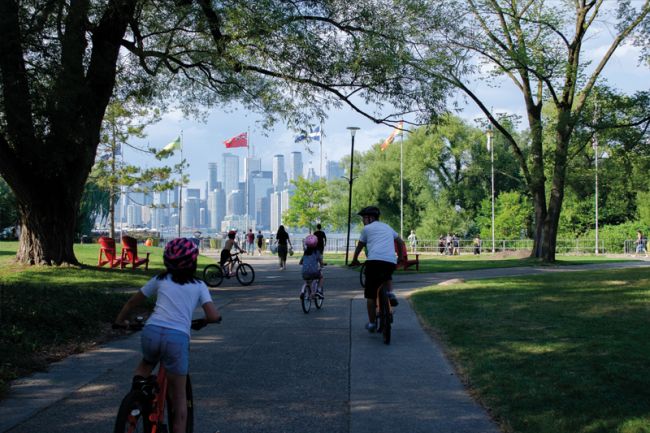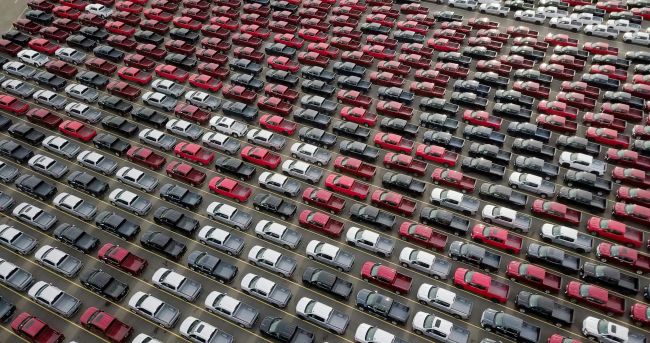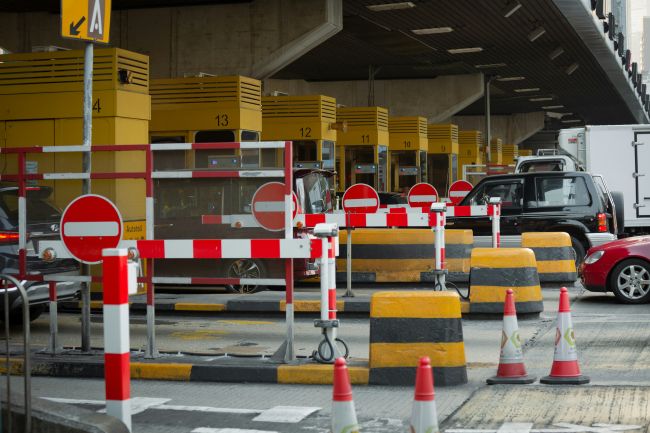Walking: the forgotten mode
Q. Which form of transportation is the oldest, is completely sustainable, and is something that many of us take for granted?
Q. Which form of transportation is the oldest, is completely sustainable, and is something that many of us take for granted? A. Walking.
In transportation planning initiatives, walking is rarely the main focus or most important attribute of a project. But walking should never simply be overlooked in favor of other modes – it is often central to the success of other modes and as North America continues to invest heavily in public transit, its importance is as high now as it’s ever been.
In 2014, $80 billion will be invested in new public transit in North America, adding 97 services amounting to 737 miles of heavy and light rail, streetcar, commuter rail and bus rapid transit. With service enhancements pending for almost every major metropolitan area, there is a real need to understand how people will access their improved network.
Given that most transit trips begin with walking, either to a bus stop for a local feeder route, or all the way to a station, it makes sense to consider improving conditions for pedestrians to get better value out of these significant investments in public transit.
Globally, many cities are using transit infrastructure investment as a catalyst for wider pedestrian improvements. Mexico City and Moscow are among the cities we have worked with recently to identify improvements to enable walking within transit rider catchment areas (a 15-20 minute walk from the station).
Key principles for designing walkable networks include:
- Connectivity — Major roads can sever neighborhoods and are a significant impediment to walking. Regular pedestrian activated crossings with refuge islands can break up the crossing distances and can alleviate some of the effects of severance. For neighborhoods, it can be useful to configure pedestrian cut-throughs to shorten trip distances and widen the catchment area of a station.
- Safety — Widening sidewalks and narrowing vehicle travel lanes can be used to slow vehicle speeds and provide a buffer from traffic. Ensuring that adequate lighting is provided along the route improves security, increasing the willingness of pedestrians to travel when it is dark.
- Wayfinding — A clear hierarchy of destinations helps direct people to places. Decluttering sidewalks by removing superfluous street furniture and signage will provide a clear path of travel and increase pedestrian comfort.
Though extensive street changes can seem overwhelming, our plan for Moscow uses a phased approach, beginning with basic improvements that have an immediate impact on the pedestrian experience. Over time, the noise of engines will be replaced by the stomping of feet to the tune of sustainable travel change.


